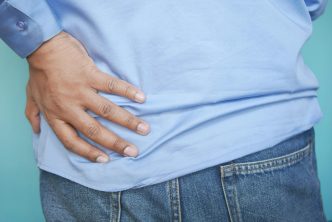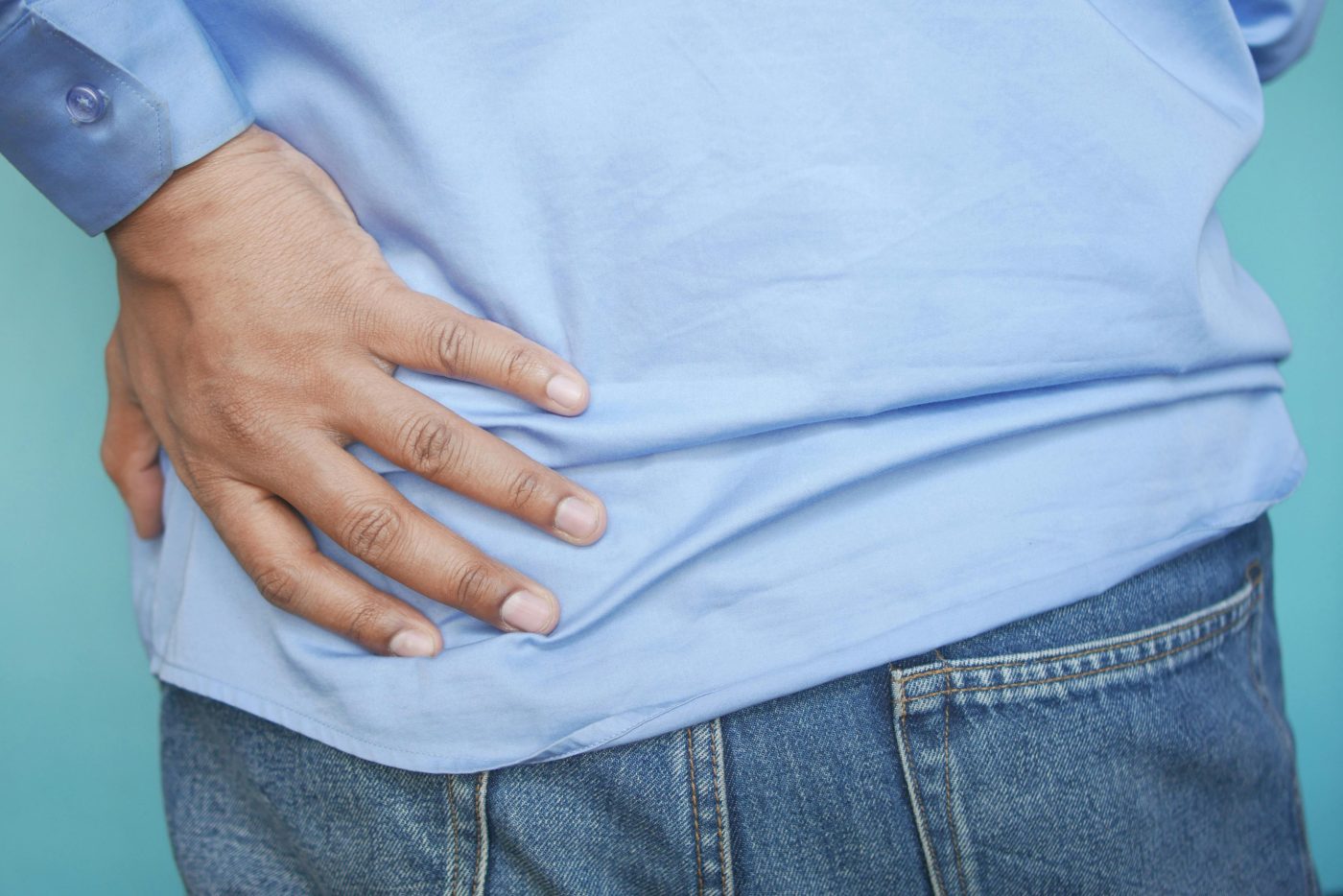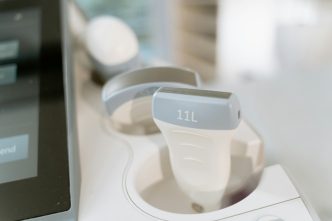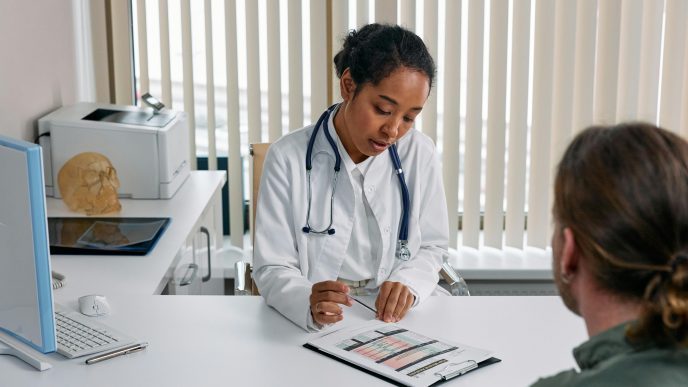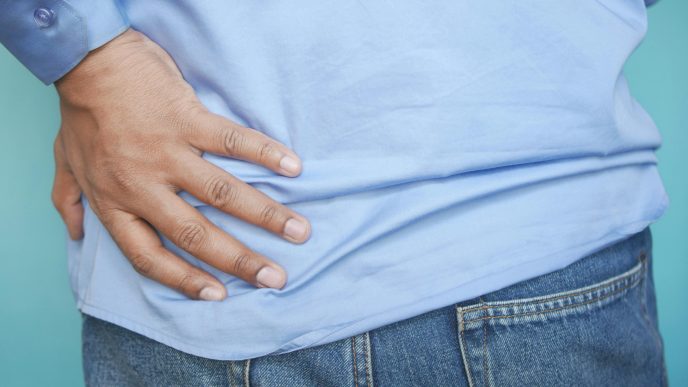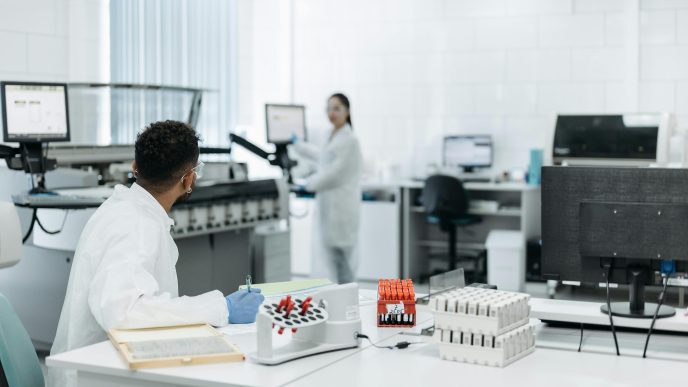PMR causes deep aching and stiffness in both shoulders and often both hips/thighs, with morning stiffness lasting more than 45 minutes that eases as you move. Labs (ESR/CRP) are often high, and ultrasound can show bursitis around the shoulders/hips.
The core symptom pattern
- Both shoulders ache and feel stiff; the discomfort can spread to the neck and upper arms.
- Both hips/thighs may ache, making it hard to stand up or climb stairs.
- Morning stiffness lasting longer than 45 minutes (or stiffness after sitting still) is typical and improves with movement.
- Many people feel tired, a bit “flu-ish,” and may have lower appetite or mild fever.
Stiffness vs. weakness (how to tell)
In PMR, movement is limited mainly by pain and stiffness, not true muscle weakness. If you can’t rise from a chair because the muscles are weak, your clinician will look for other causes (like muscle disease or nerve problems). The pattern — bilateral shoulder/hip aching with morning stiffness — points to PMR.
What your doctor checks
- History and exam focused on shoulder and hip girdles
- Inflammation labs: ESR/CRP are often elevated (but can be normal in a minority)
- Ultrasound of shoulders/hips to look for subacromial-subdeltoid bursitis and biceps tenosynovitis when needed
- Look-alikes ruled out (for example, rotator cuff tears, hip osteoarthritis, elderly-onset RA, thyroid problems, statin-related muscle symptoms)
A note on “criteria”: Doctors sometimes use the 2012 EULAR/ACR classification criteria to support the diagnosis in the right clinical setting. The items include morning stiffness >45 min, hip pain/limited motion, abnormal ESR/CRP, negative RF/ACPA, and absence of peripheral joint pain; adding ultrasound can boost accuracy. These criteria guide, but don’t replace, clinical judgment.
What helps day-to-day
- Gentle movement: short walks and easy shoulder/hip range-of-motion a few times daily
- Heat before activity to ease stiffness; pillows to support sore joints during sleep
- Medication plan: follow your clinician’s steroid taper and lab monitoring; ask about bone protection and vaccines
When to seek urgent care
If you develop new headache, scalp tenderness, jaw pain with chewing, or any vision change, get same-day care to check for GCA.
